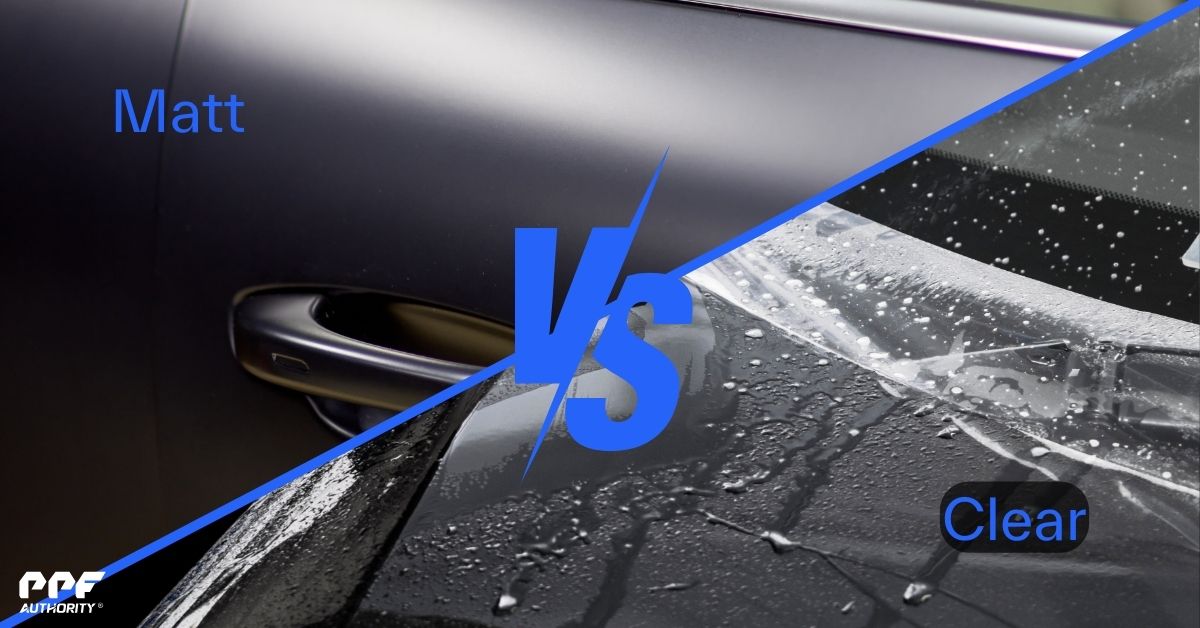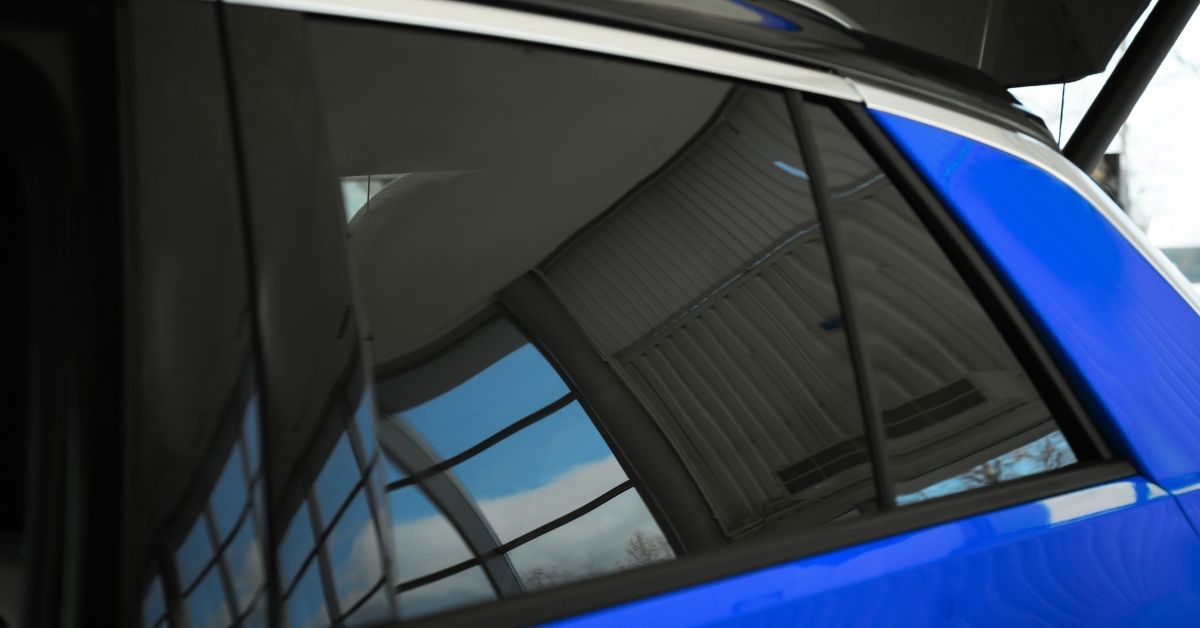Window tint is an excellent upgrade for your car, offering benefits like UV protection, heat reduction, and enhanced privacy. However, cleaning tinted windows requires care to avoid scratching, peeling, or damaging the film. Using improper techniques or cleaning products can shorten the lifespan of your tint or reduce its effectiveness.
In this article, we’ll provide a step-by-step guide on how to clean your window tint properly, along with tips to ensure it stays in pristine condition.
Why Proper Cleaning Matters
Window tint is a thin film applied to the interior of your car’s windows. While durable, it is not immune to scratches, peeling, or discoloration caused by harsh cleaners, abrasive tools, or improper techniques.
- Protects the Tint’s Appearance: Proper cleaning ensures your tint remains clear, smooth, and free of scratches or bubbles.
- Extends Tint Lifespan: Gentle care prevents damage that could lead to peeling or fading, maximizing the longevity of your tint.
- Maintains Performance: Dirt and residue can interfere with the film’s ability to block UV rays and reduce heat, so regular cleaning is essential.
Materials You’ll Need to Clean Window Tint Safely
To avoid damaging your tint, use materials that are gentle and non-abrasive:
- Mild, Ammonia-Free Cleaner: Use a tint-safe glass cleaner or make your own solution by mixing water with a few drops of baby shampoo or dish soap.
- Microfiber Cloths: Soft and lint-free, microfiber cloths are perfect for cleaning and drying without scratching the film.
- Soft Sponge or Squeegee: Optional tools for a streak-free finish.
- Spray Bottle: For applying your cleaning solution evenly.
Avoid These:
- Ammonia-Based Cleaners: Found in many standard glass cleaners, ammonia can discolor or weaken the tint film.
- Paper Towels or Rough Cloths: These can leave lint and cause tiny scratches.
- Harsh Scrubbing Pads: Abrasive materials can damage the tint’s surface or edges.
Step-by-Step Guide to Cleaning Window Tint
Step 1: Prepare the Windows
- Choose the Right Environment: Clean your windows in a shaded or indoor area to prevent the cleaning solution from drying too quickly and leaving streaks.
- Inspect the Tint: Check for any peeling, bubbling, or scratches. If you notice significant damage, address it before cleaning to prevent worsening the issue.
Step 2: Spray the Cleaning Solution
- Fill a spray bottle with a tint-safe glass cleaner or a DIY solution (water + a few drops of baby shampoo).
- Lightly spray the interior surface of the tinted window. Avoid oversaturating, as excess liquid can seep into the edges and weaken the adhesive.
Step 3: Wipe the Tint Gently
- Use a clean microfiber cloth to wipe the window. Start at the top and work your way down in straight, even strokes.
- Apply light pressure to avoid stretching or damaging the film.
- For stubborn spots, apply a bit more solution and let it sit for a few seconds before gently wiping.
Step 4: Dry the Window
- Use a dry microfiber cloth to remove any excess moisture and prevent streaks.
- Alternatively, use a soft squeegee for a streak-free finish, starting at the top and pulling downward.
Step 5: Clean the Edges Carefully
- Pay extra attention to the edges of the tint, as this is where dirt and debris tend to accumulate.
- Be cautious not to lift or peel the film when cleaning near the edges.
Tips for Long-Term Maintenance of Window Tint
1. Clean Regularly but Gently
- Clean your windows every few weeks to prevent dirt and grime buildup.
- Avoid scrubbing or applying excessive pressure, as this can scratch or damage the film.
2. Avoid Ammonia-Based Products
- Ammonia is a common ingredient in many household glass cleaners, but it can discolor or degrade window tint over time.
- Always check the label of any cleaner to ensure it’s ammonia-free and safe for use on tinted windows.
3. Use Proper Tools
- Stick to soft, lint-free materials like microfiber cloths or soft sponges.
- Avoid using anything abrasive, such as scouring pads or paper towels.
4. Be Mindful of Temperature Changes
- In extremely hot or cold weather, window tint can become more susceptible to damage.
- Clean the windows in moderate temperatures to avoid stress on the film.
5. Protect Against Physical Damage
- Avoid placing sharp objects or stickers on the tinted side of the window.
- Be careful when rolling windows up or down, especially if the edges of the tint are exposed.
6. Address Damage Promptly
If you notice peeling, bubbling, or significant scratches, consult a professional to repair or replace the tint.
Common Mistakes to Avoid
- Using Harsh Cleaners: Products with ammonia or alcohol can cause discoloration and weaken the adhesive.
- Cleaning Too Soon After Installation: Wait at least 7–10 days after installation before cleaning to allow the tint to cure fully.
- Over-Saturating the Window: Excess liquid can seep into the edges, causing peeling or bubbling over time.
- Skipping Regular Cleaning: Dirt and grime can build up, making the tint harder to clean and increasing the risk of scratches.
Conclusion
Cleaning window tint properly is essential for maintaining its appearance, functionality, and longevity. By using the right tools, avoiding harsh chemicals, and following a gentle cleaning process, you can keep your tinted windows looking great for years to come.
For the best results, stick to ammonia-free cleaning products, clean regularly, and handle your windows with care. If you ever notice damage to your tint, consult a professional for repairs to prevent the issue from worsening. With proper care, your window tint will continue to provide UV protection, heat rejection, and aesthetic appeal long into the future.


